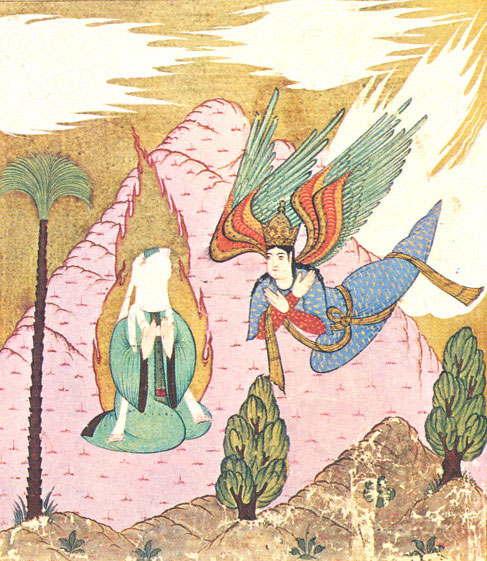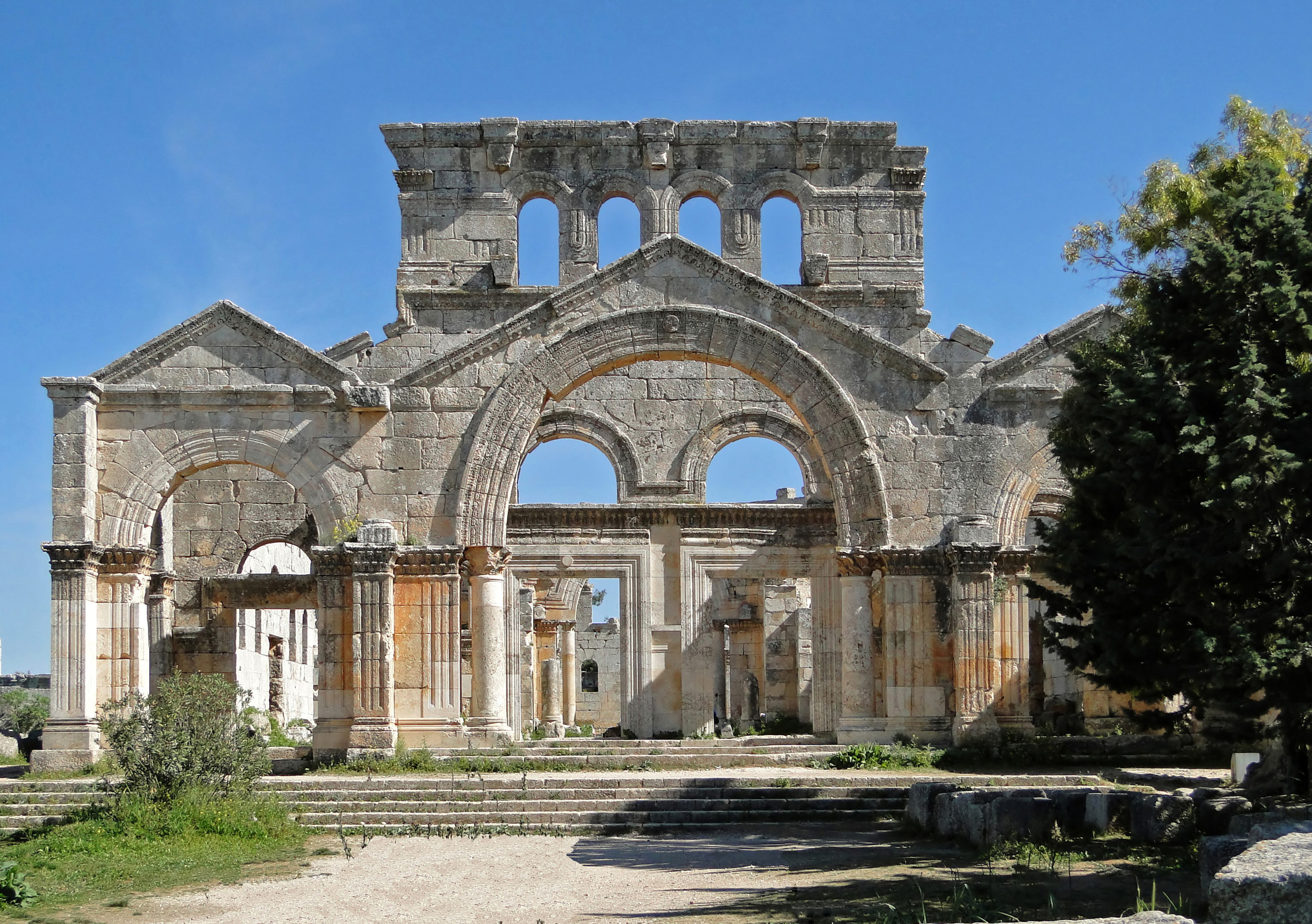|
Oplanići
Oplanići is a town/village Kraljevo in Raska district, situated between the mountains Kotlenik and Stolovi, along the coast of the West Morava. It is home to some 900 people, most of which are adults and pensioners. According to the census of 2011, Oplanići has 899 inhabitants. History The name Oplanići is first mentioned in 1428-1429, presumably under the name Platov, 1528 (18 houses), as Svinjci in 1560 (14 houses), and as under its current name, in 1844 (46 houses and 268 inhabitants) and 1924 (115 homes and 730 houses). On maps from the year 1700, the first charted place was Oplanići, exactly at the place where the border between Austria and Turkey lied. Through the centuries, the village has grown and develop ...[...More Info...] [...Related Items...] OR: [Wikipedia] [Google] [Baidu] |
List Of Populated Places In Serbia
This is the list of populated places in Serbia (excluding Kosovo), as recorded by the Demographics of Serbia, 2002 census, sorted alphabetically by Municipalities of Serbia, municipalities. Human settlement, Settlements denoted as "Urban area, urban" (towns and city, cities) are marked bold. Population for every settlement is given in brackets. The same list in alphabetic order is in List of populated places in Serbia (alphabetic). A Ada (Serbia), Ada Aleksandrovac Aleksinac Alibunar Apatin Aranđelovac Arilje B Babušnica Bač, Serbia, Bač Bačka Palanka Bačka Topola Bački Petrovac Bajina Bašta Barajevo Batočina Bečej Bela Crkva (Vojvodina), Bela Crkva Bela Palanka Beočin Blace Bogatić Bojnik Boljevac Bor (Serbia), Bor Bosilegrad Brus Bujanovac C Crna Trava Č Čačak Čajetina Čoka Čukarica Ć Ćićevac Ćuprija D Despotovac Dimitrovgrad (Serbia), Dimitrovgrad Doljevac G Gadžin Han Golubac ... [...More Info...] [...Related Items...] OR: [Wikipedia] [Google] [Baidu] |
Kraljevo
Kraljevo ( sr-Cyrl, Краљево, ) is a List of cities in Serbia, city and the administrative center of the Raška District in central Serbia. It is situated on the confluence of West Morava and Ibar River, Ibar, in the geographical region of Šumadija, between the mountains of Kotlenik in the north, and Stolovi in the south. In 2022 the city urban area has a population of 57,432 inhabitants, while the city administrative area has 110,196 inhabitants. With an area of 1530 km2, it is the List of cities in Serbia, largest municipality (after Belgrade) in Serbia by area. Name Formerly known as Rudo Polje (Рудо Поље), Karanovac (Карановац) and Rankovićevo (Ранковићево), Kraljevo received its present name, meaning "the King's Town", from King Milan I of Serbia in honor of his own coronation and six Serbian kings that had been crowned in that area. The modern coat of arms of the city features seven crowns symbolizing the seven kings. History and si ... [...More Info...] [...Related Items...] OR: [Wikipedia] [Google] [Baidu] |
Kotlenik
Kotlenik (Serbian Cyrillic: Котленик) is a mountain in central Serbia, near the town of Kraljevo Kraljevo ( sr-Cyrl, Краљево, ) is a List of cities in Serbia, city and the administrative center of the Raška District in central Serbia. It is situated on the confluence of West Morava and Ibar River, Ibar, in the geographical region of .... Its highest peak ''Veliki vrh'' has an elevation of 749 meters above sea level. References External links Biking tour over Kotlenik Staze i Bogaze. Mountains of Serbia Rhodope mountain range {{serbia-geo-stub ... [...More Info...] [...Related Items...] OR: [Wikipedia] [Google] [Baidu] |
Church (building)
A church, church building, church house, or chapel is a building used for Christian worship church service, services and Christian religion, Christian activities. The earliest identified Christian church is a house church founded between 233 AD and 256 AD. ''Church'' is also used to describe a Church (congregation), body or an assembly of Christian believers, while "the Church" may be used to refer to the worldwide Christian religious community as a whole. In traditional Christian architecture, the plan view of a church often forms a Christian cross with the centre aisle and seating representing the vertical beam and the Church architecture#Characteristics of the early Christian church building, bema and altar forming the horizontal. Towers or domes may inspire contemplation of the heavens. Modern churches have a variety of architectural styles and layouts. Some buildings designed for other purposes have been converted to churches, while many original church buildings have bee ... [...More Info...] [...Related Items...] OR: [Wikipedia] [Google] [Baidu] |
Gabriel
In the Abrahamic religions (Judaism, Christianity, Islam), Gabriel ( ) is an archangel with the power to announce God's will to mankind, as the messenger of God. He is mentioned in the Hebrew Bible, the New Testament and the Quran. Many Christian traditions – including Eastern Orthodoxy, Catholicism, Lutheranism, and Anglicanism – revere Gabriel as a saint. In the Hebrew Bible, Gabriel appears to the prophet Daniel (biblical figure), Daniel to explain his visions (Daniel 8:15–26, Daniel 9, 9:21–27). The archangel also appears in the Book of Enoch and other ancient Jewish writings not preserved in Hebrew. Alongside the archangel Michael (archangel), Michael, Gabriel is described as the guardian angel of the Israelites, people of History of ancient Israel and Judah, Israel, defending it against the angels of the other peoples. In the New Testament, the Gospel of Luke relates the Annunciation, in which the angel Gabriel appears to Zechariah (New Testament figur ... [...More Info...] [...Related Items...] OR: [Wikipedia] [Google] [Baidu] |
Church (building)
A church, church building, church house, or chapel is a building used for Christian worship church service, services and Christian religion, Christian activities. The earliest identified Christian church is a house church founded between 233 AD and 256 AD. ''Church'' is also used to describe a Church (congregation), body or an assembly of Christian believers, while "the Church" may be used to refer to the worldwide Christian religious community as a whole. In traditional Christian architecture, the plan view of a church often forms a Christian cross with the centre aisle and seating representing the vertical beam and the Church architecture#Characteristics of the early Christian church building, bema and altar forming the horizontal. Towers or domes may inspire contemplation of the heavens. Modern churches have a variety of architectural styles and layouts. Some buildings designed for other purposes have been converted to churches, while many original church buildings have bee ... [...More Info...] [...Related Items...] OR: [Wikipedia] [Google] [Baidu] |
West Morava
West Morava (, ) is a river in Central Serbia, a 184-km long headstream of the Great Morava, which it forms with the South Morava. It was known as Brongus in antiquity. Origin The West Morava originates in the Tašti field, east of the town of Požega, from the Golijska Moravica and Đetinja headstreams. Đetinja receives from the left its main tributary, the Skrapež. Less than a kilometer after the confluence, it meets the Golijska Moravica flowing from the south, forming the West Morava. Given the proximity of the confluences of Đetinja, Skrapež and Golijska Moravica, some sources consider all three rivers to be direct headstreams of the West Morava River. Following the direction of the course, the Đetinja is a natural headstream of the West Morava. But since Golijska Moravica is 23 km longer, the latter is considered as the main headstream. Measured from the source of the Golijska Moravica, the West Morava is 282 km long; the length of the West Morava proper ... [...More Info...] [...Related Items...] OR: [Wikipedia] [Google] [Baidu] |
Stolovi
Stolovi (Serbian Cyrillic: Столови) is a mountain in central Serbia, near the city of Kraljevo Kraljevo ( sr-Cyrl, Краљево, ) is a List of cities in Serbia, city and the administrative center of the Raška District in central Serbia. It is situated on the confluence of West Morava and Ibar River, Ibar, in the geographical region of .... Its highest peak ''Usovica'' has an elevation of 1,356 meters above sea level. References Mountains of Serbia {{Serbia-geo-stub ... [...More Info...] [...Related Items...] OR: [Wikipedia] [Google] [Baidu] |
Postal Codes In Serbia
Serbian postal codes consist of five digits. The first two digits roughly correspond to the corresponding Districts of Serbia, district; district seat cities usually have 000 as the last three digits, while smaller towns and villages have non-round last three digits. A six-digit postcode format has been in place since 1 January 2005. See also * Postal codes in Kosovo References External links JP "Pošta Srbije" – poštanska mreža {{Europe in topic, Postal codes in, UK_only=yes Postal codes by country, Serbia Communications in Serbia Serbia geography-related lists, Postal codes Serbia communications-related lists, Postal codes ... [...More Info...] [...Related Items...] OR: [Wikipedia] [Google] [Baidu] |
Vehicle Registration Plates Of Serbia
Vehicle registration plates of Serbia display black alphanumeric characters on a white background with blue field placed along the left side edge. Issuance of current registration plates started on 1 January 2011 and they were used alongside the old ones during the transitional period until the end of 2011. Standard plates The two-letter regional code is followed by three or four-digit numeric code separated by the Serbian cross, Serbian cross shield and a Cyrillic letter combination for the region below, and then followed by a two-letter alpha code, separated by a hyphen. A blue field is placed along the left side edge, as in European Union countries, bearing SRB (the ISO 3166-1 alpha-3 country code for Serbia). Numeric code contains combination of three or four digits (0-9), while two letter alpha code is made of combination of letters using Serbian Latin alphabet, with addition of letter X (e.g., BG 123-AA or BG 1234-AA). Since 2017 plates with the special "hooked" letters ... [...More Info...] [...Related Items...] OR: [Wikipedia] [Google] [Baidu] |
Village
A village is a human settlement or community, larger than a hamlet but smaller than a town with a population typically ranging from a few hundred to a few thousand. Although villages are often located in rural areas, the term urban village is also applied to certain urban neighborhoods. Villages are normally permanent, with fixed dwellings; however, transient villages can occur. Further, the dwellings of a village are fairly close to one another, not scattered broadly over the landscape, as a dispersed settlement. In the past, villages were a usual form of community for societies that practice subsistence agriculture and also for some non-agricultural societies. In Great Britain, a hamlet earned the right to be called a village when it built a church.-4; we might wonder whether there's a point at which it's appropriate to talk of the beginnings of French, that is, when it wa ... ''village'', from Latin ''villāticus'', ultimately from Latin ''villa'' (English ''vi ... [...More Info...] [...Related Items...] OR: [Wikipedia] [Google] [Baidu] |
Central European Summer Time
Central European Summer Time (CEST, UTC+02:00), sometimes referred to as Central European Daylight Time (CEDT), is the standard clock time observed during the period of summer daylight-saving in those European countries which observe Central European Time (CET; UTC+01:00) during the other part of the year. It corresponds to UTC+02:00, which makes it the same as Eastern European Time, Central Africa Time, South African Standard Time, Egypt Standard Time and Kaliningrad Time in Russia. Names Other names which have been applied to Central European Summer Time are Middle European Summer Time (MEST), Central European Daylight Saving Time (CEDT), and Bravo Time (after the second letter of the NATO phonetic alphabet). Period of observation Since 1996, European Summer Time has been observed between 01:00 UTC (02:00 CET and 03:00 CEST) on the last Sunday of March, and 01:00 UTC on the last Sunday of October; previously the rules were not uniform across the European Union. The ... [...More Info...] [...Related Items...] OR: [Wikipedia] [Google] [Baidu] |




